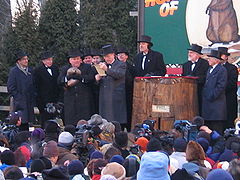1405
The birth of the last Christian Roman emperor.
Constantine XI Palaiologos (1405-53) was born at a time when the once-great Eastern Roman, or Byzantine, empire had been reduced to the city of Constantinople and a few holdings on the mainland of Greece. For centuries Constantinople had stood as a barrier, preventing Islam from expanding into eastern Europe but now it was surrounded by the territory of the Ottoman Turks and was forced to pay allegiance to their ruler. In fact it was the Turkish sultan Murad II who chose Constantine to be crowned emperor in 1449 over the claims of his brother.
The Byzantines had maintained their existence though shrewd diplomacy and the impenetrable walls of Constantinople, built one thousand years before by the emperor Theodosius II, but by the 1450s both failed them. The only help they could appeal to were western Catholic powers but the price for that aid was to renounce Orthodoxy and accept the headship of the pope — a move that the citizens of Constantinople were unwilling to make. Their motto became “better the turban than the tiara”, better to bow to the Turks than to the papacy. Moreover, advances in siege warfare, particularly the invention of artillery meant that the great walls were no longer guarantees of safety.
In 1452 the new and ambitious Turkish ruler Mehmed II vowed to extinguish the last remnants of Christian opposition to the expansion of his people. He assembled a vast army with a huge train of cannon to attack Constantinople with its meagre troop of defenders. The city fell on May 29, 1453. Constantine was killed in the battle but legend says that he became one of history’s sleeping kings — gone but who will return when their nation needs them, like England’s King Arthur, Germany’s Barbarossa or Wenceslas of the Czechs. It is said that angels took Constantine and placed him in a subterranean rock beneath Constantinople’s ceremonial Golden Gate from whence he will come to once more create a Christian empire.










